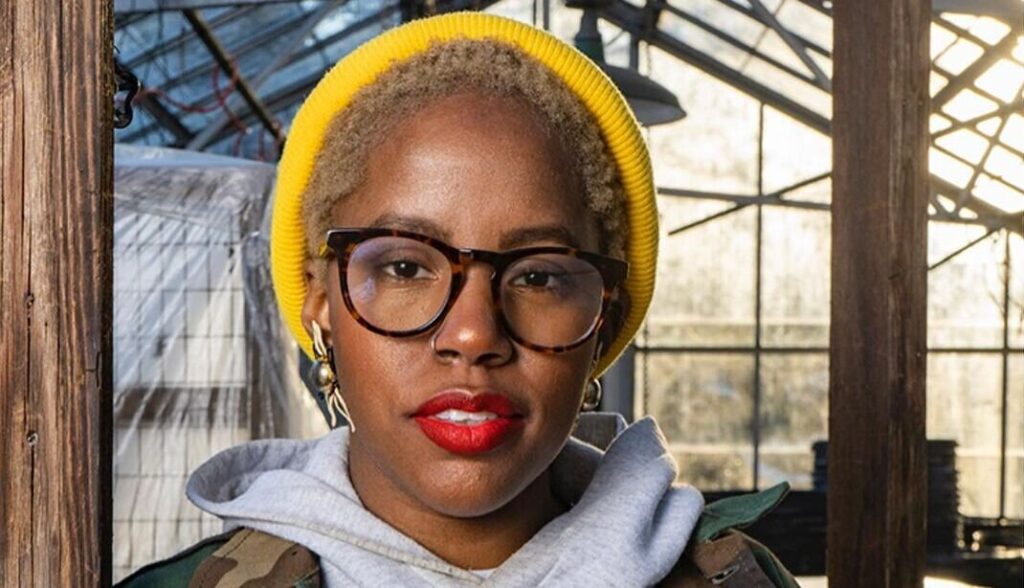When Christa Barfield left her career in healthcare administration just shy of her 30th birthday, she had no idea what would come next. That leap became the catalyst for FarmerJawn, a regenerative farming venture rooted in health and community.
Since 2018, she’s grown it from the ground up, becoming a local name, and now leads one of the largest Black woman-led regenerative farms in the world.
A Life-Changing Introduction to Farming
A native of Northwest Philadelphia, Pennsylvania, Barfield received her bachelor’s degree in healthcare administration from St. Joseph’s University, following in her mother’s footsteps who was a nurse.
In January 2018, after ten years in the healthcare industry and experiencing burnout, she made the risky decision to leave her full-time role to focus on her health. Barfield did not know at the time that her decision would be a life-changing pivot as a trip to Martinique that same month sparked her desire to explore agriculture.
“I’ve been speaking French since I was eight, so I chose a [French-speaking] country for my first solo and international trip.” Barfield says, “I got a chance to be one with nature, in a way I hadn’t been in the past.”
During her 5-day stay, Barfield became enthralled by the people she stayed with, and how they lived off the land. “My initial awakening into agriculture came from my Airbnb host who was a Thai chef,” Barfield recalls. “He prepared me meals daily, and I would watch him go to his garden, pick herbs, and pour hot water over them. That was my first experience drinking tea in a different way.”
On the second leg of her trip, she dove even deeper into the island’s agriculture when one of her tour guides offered her a chance to accompany him to work. “At that time I didn’t know what his work was,” Barfield shares.
“I got to meet his team, and they were packing boxes of fresh produce and people were coming to pick them up for 20 euros.” With a desire for entrepreneurship brewing, and this new exposure to agriculture, she returned home rejuvenated and ready to brainstorm ways in which she could pursue farming as a career.
The Origins of FarmerJawn
“From 5 a.m. to 9 a.m. I would do Uber, and from 5 p.m. to 9 p.m. I would do Instacart… but [during the day] I was really figuring out how am I going to be a farmer and started building a business plan,” Barfield says.
With a strong desire to learn as much as possible, Barfield sought out opportunities to dive head first into urban farming including volunteering locally at Henry Got Crops (part of the Weaver’s Way Co-Op) and Greensgrow Farms.
“Being unskilled, I found that volunteering meant I would either be weeding or packing vegetables, but that wasn’t going to get me to fully understand operating a farm,” Barfield shares of her volunteer experience.
Although Barfield was gifted a 24-square-foot greenhouse for Mother’s Day (which she credits as being her first “farm”), her desire for more hands-on experience led her to purchase her first piece of land, a community-like garden in Roxborough. Through this, she began growing herbs and making tea blends that she would eventually sell at local markets and events in late 2019.
By Geo Banks-Weston



